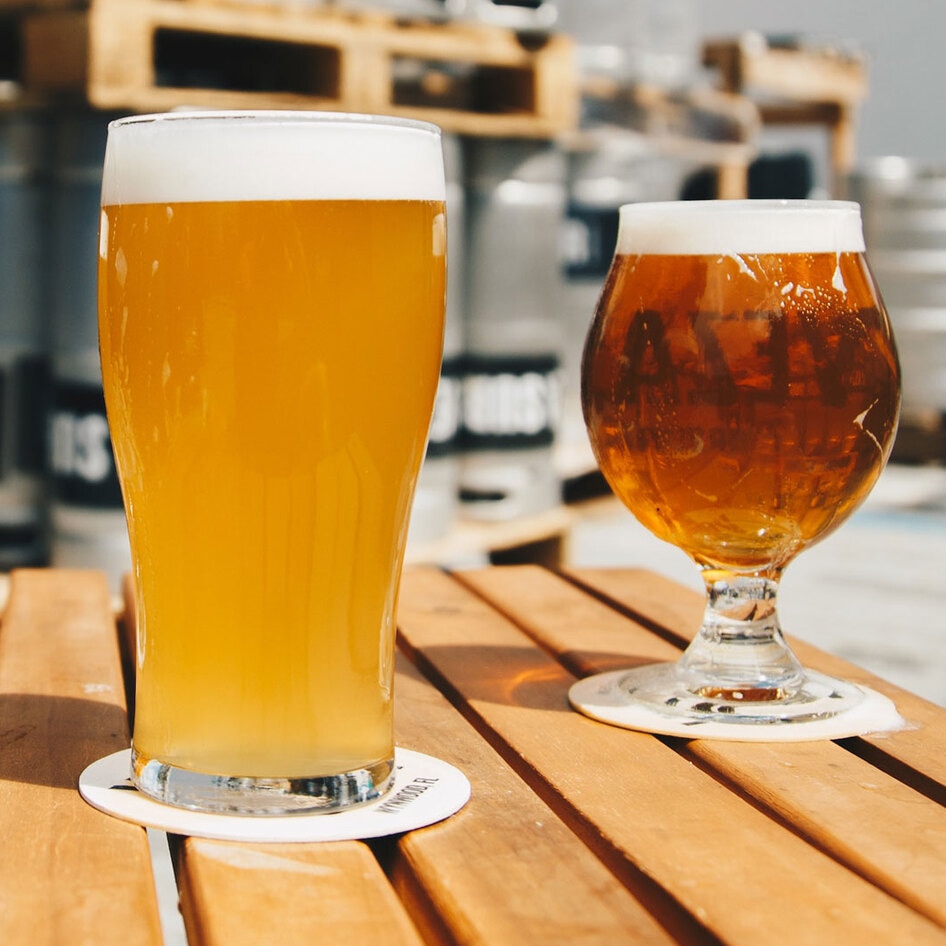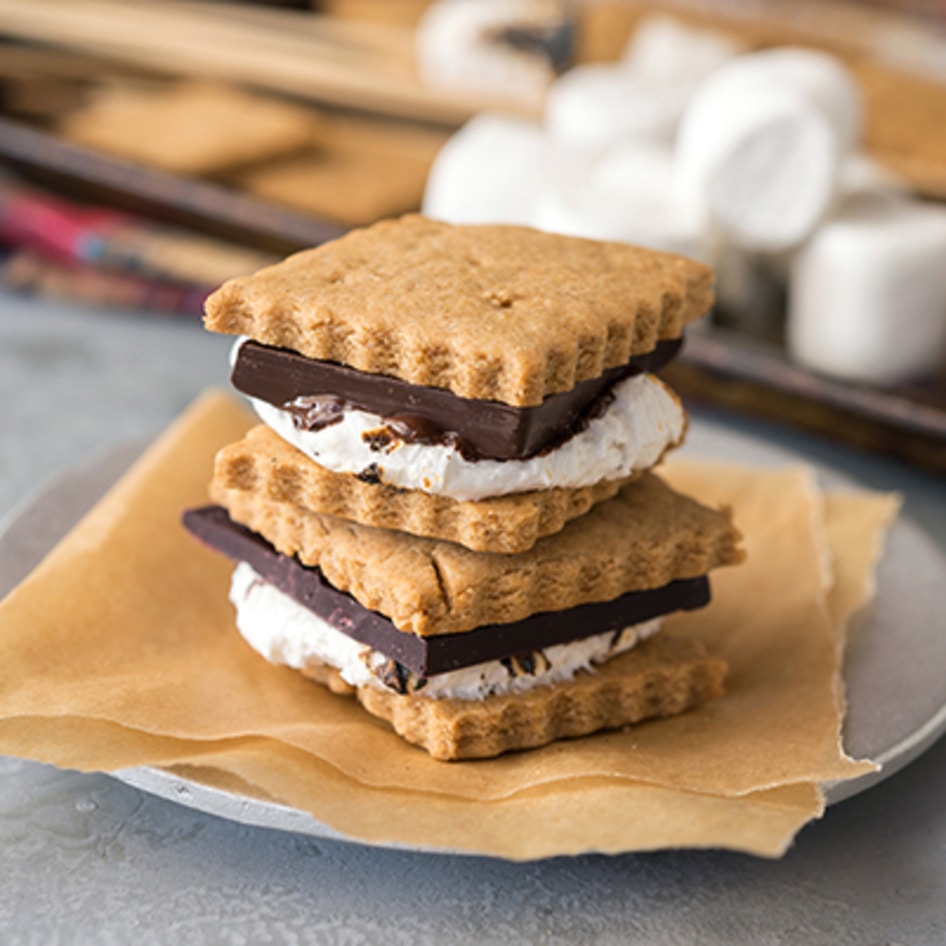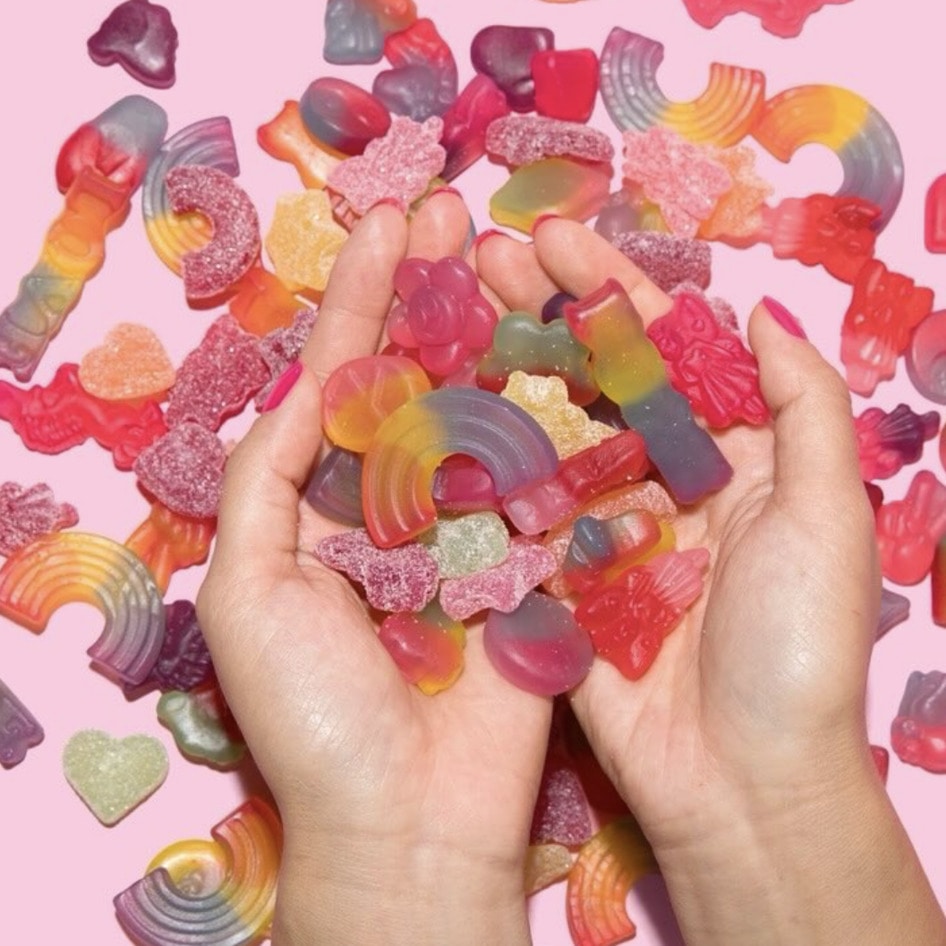Alarming Animal Food Additives
Keeping animals off your holiday plate might mean a little extra-careful label reading.
November 25, 2008
The holidays are officially here, and that means one thing: mystery dishes at family dinners. Even the most well-intentioned auntie can unwittingly sneak animal-derived ingredients into your meal. Why? Not out of malice, of course, but with all the myriad names that cloak the origins of additives, even savvy longtime vegans can get lost in the technical mumbo jumbo. As herbivores, we have made it our daily business to make informed food choices and question the status quo when it comes to packaged foods. We read every line of the nutrition-facts box on the back of our favorite products and try to comprehend each ingredient. We want—no, we need—to know exactly what pre-gelatinized wheat starch is, where it comes from, and if it fits into our food philosophy.
Of course, preparing everything from scratch is the best way to know what, precisely, is going in your dinner. But for times when there are potlucks aplenty to attend, food for the masses to be made, and the distinct chance that you?ll be sampling someone else’s culinary creations, keeping track of each and every ingredient can be just about impossible. Not to mention the fact that maybe, just maybe, this time of year is when some of us who would normally double-sift our flours might take a little help from a pre-packaged mix or two. To help make sure your eats are as ethical as you are, keep this list of sneaky, animal-based ingredients handy for when Aunt Gladys asks what, exactly, it is that you don’t eat, for the 500th time.
Bad Ingredients
Animals were certainly harmed in the making of these ingredients, so stay away!
Albumen
From egg whites; used as a clarifying agent in some wines
Casein
A milk protein found in soy cheeses and other “non-dairy” foods
Gelatin
Protein made by boiling skin, connective tissue, or bones of cows and pigs
Isinglass
From sturgeon bladders; used as a clarifying agent in some wines
Lactose
Sugar from mammalian milk
Lanolin
A waxy fat extracted from sheep wool
Pepsin
An enzyme from pig stomachs
Rennet or rennin
A coagulating enzyme from the stomach lining of slaughtered calves
Tallow
Rendered beef fat
Whey
The liquid remaining when casein is removed from milk
Buyer Beware
These are the trickiest, as they come from both animal and non-animal sources. Your best bet? Call the company directly and confirm.
L-cysteine
Flavoring agent and dough enhancer produced either synthetically from petroleum or directly from duck feathers or human hair (often obtained from Chinese barber shops!)
Mono- and diglycerides
Coagulating agent derived from cows, pigs, or vegetables
Sugar
White sugar from sugar cane is sometimes filtered with activated bone charcoal—search for sugars labeled as unrefined, unbleached, or raw
Vitamin D
Vitamin D2 comes from yeast, but D3 (cholecalciferol) is derived from lanolin or fish and is used to fortify soymilk and infant formula
JUMP TO ... Latest News | Recipes | Guides | Health | Subscribe







